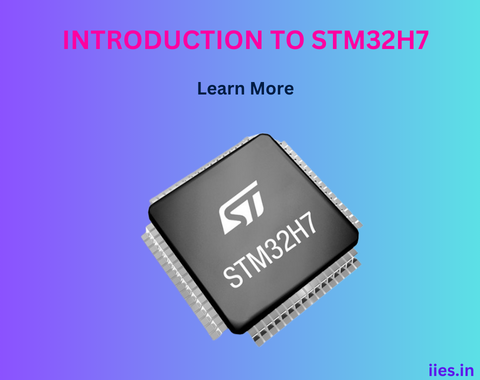The Raspberry Pi is a versatile device that can be used in a wide range of applications. Here are some examples:
1. Learning to code: The Raspberry Pi is an excellent tool for learning programming languages such as Scratch and Python.
2. Media centers: The Raspberry Pi can be used as a media center to stream movies, music, and TV shows .
3. Desktop computing: The Raspberry Pi can be used as a desktop computer for basic computing tasks such as web browsing, word processing, and spreadsheets.
4. Home automation: The Raspberry Pi can be used to create a home automation system that can control lights, temperature, and other home appliances.
5. Robotics: The Raspberry Pi can be used to build robots and other DIY projects.
6. Gaming: The Raspberry Pi can be used to create retro gaming consoles and arcade machines.
7. Internet of Things (IoT): The Raspberry Pi can be used to create IoT devices such as smart thermostats, security cameras, and more.
8. Education: The Raspberry Pi is an excellent tool for teaching computer science and electronics to students .
9. Digital signage: The Raspberry Pi can be used to create digital signage displays for advertising and information purposes .
10. Network monitoring: The Raspberry Pi can be used to monitor network traffic and detect security threats .

